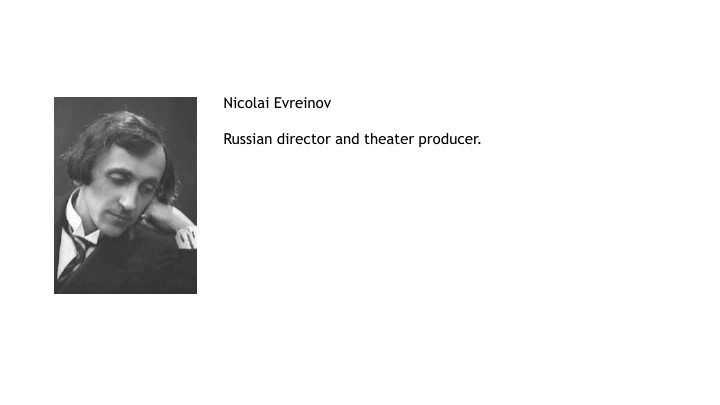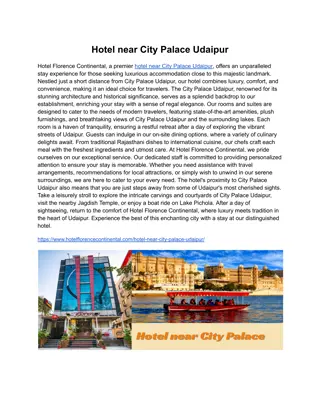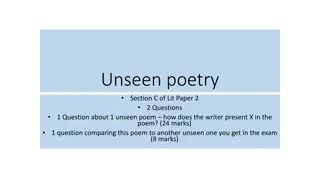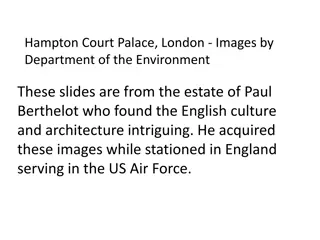
Different Perspectives in Historical Narratives
Explore the significance of analyzing textual and visual sources in historical research to discern factual accuracy and subjective biases, using Nicolai Evreinov's depictions as an example. Learn how to evaluate the maker, purpose, and reliability of sources to comprehend varying accounts of historical events.
Uploaded on | 0 Views
Download Presentation

Please find below an Image/Link to download the presentation.
The content on the website is provided AS IS for your information and personal use only. It may not be sold, licensed, or shared on other websites without obtaining consent from the author. If you encounter any issues during the download, it is possible that the publisher has removed the file from their server.
You are allowed to download the files provided on this website for personal or commercial use, subject to the condition that they are used lawfully. All files are the property of their respective owners.
The content on the website is provided AS IS for your information and personal use only. It may not be sold, licensed, or shared on other websites without obtaining consent from the author.
E N D
Presentation Transcript
Nicolai Evreinov Russian director and theater producer.
Nicolai Evreinov. Russian director and theater producer. 1920: Civil War is in full swing, hunger and starvation, many casualties, great misery. Nevertheless: large scale celecration of the third anniversary of the revolution. Open Air Theater at the Winter Palace: a hundred thousand spectators, the storming is the climax of the show .
In short: You have answered the question (how did the attack on the Winter Palace take place) based on something fictitious.
With textual as well as visual sources, before using the source, you should know the backgrounds of the source. To that end, you need the answers to four questions: - What do you know about the maker of the source? (For example, his ideological conviction.) - Based on which information was the source made? - For what purpose was the source made? - Do you have reason to suspect that the source is fictional or subjective?
What did you learn? - You have experienced that different sources can tell different stories about the same subject. - You know how you can find out how factual the story is that a source tells. - You know how and for which ends subjective (or even fictional) sources can be used.





















